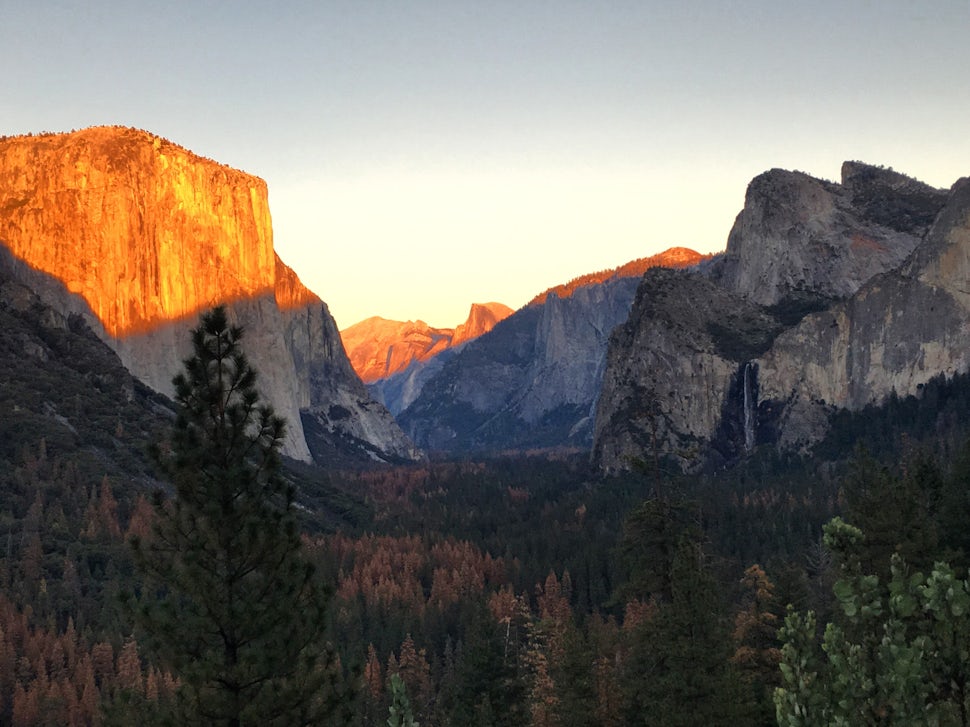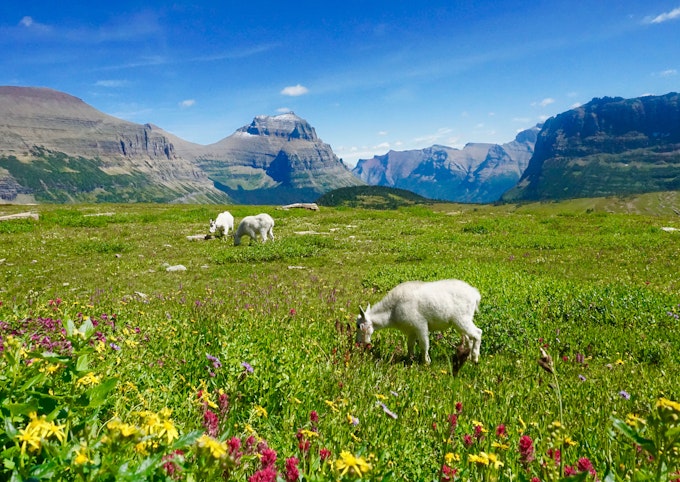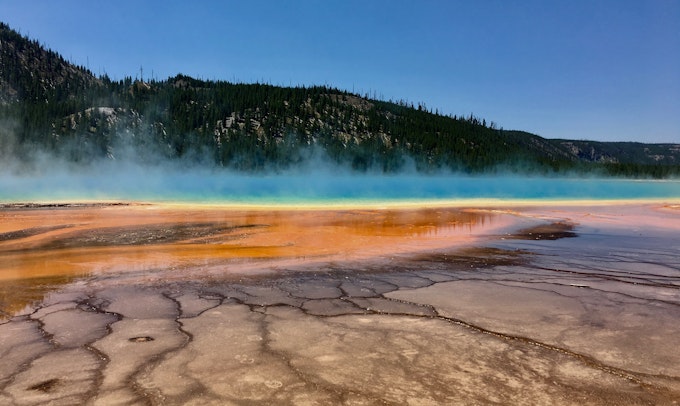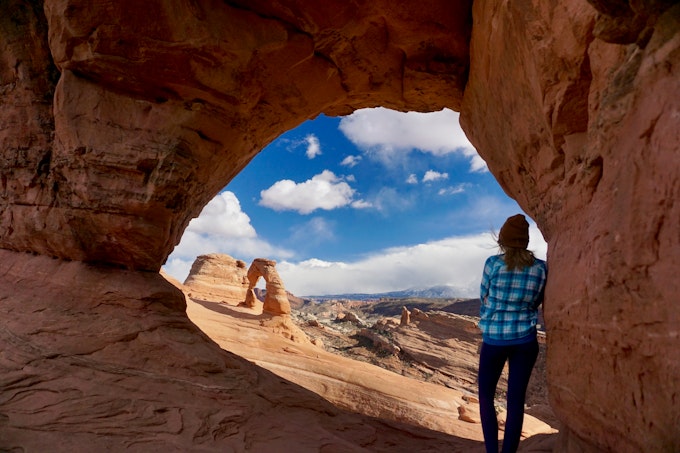Rising Popularity of National Parks: Helpful or Harmful?
With a record number of people visiting national parks, these sacred places are more valued than ever before. But does this amplified popularity help give recognition to these well-deserved places, or could the rise in human impact cause irreversible damage?

Our national parks have been hailed "America's Best Idea" and for good reason. Without even stepping foot outside the comfort of the car, visitors can observe buffalo, wolves, exploding geysers, acidic pools, receding glaciers, and massive canyons. Over the past few years, more and more people have decided to take advantage of these amazing wonders our country has to offer. Visits to U.S. national parks set a record in 2016 for the third consecutive year as landmarks such Zion, Yellowstone and Rocky Mountain saw a historic number of visitors, with Great Smoky Mountains National Park topping the charts with over 11 million visitors.
But increasing accessibility to these fragile ecosystems poses the question of what happens when places we wish to preserve become popular stomping grounds for tourists? On one hand, it’s encouraging that more people than ever want to get outside and explore. The problem lies in that many of the million yearly park visitors fail to grasp that they are not at Disney World, but rather are interacting with endangered species in their home turf.
Recent events like the one that occurred last spring when a baby bison had to be euthanized after a tourist deemed it abandoned and placed it in the trunk of their car in Yellowstone, or the young man who fell into an acidic pool while searching for a hot place to soak, show us just how little these visitors understand the untamed nature of these environments. Just a few months ago, I was getting ready to climb the classic Angels Landing in Zion National Park, only to find the trail closed off, swarming with rangers and ambulances. I later found out a man had fallen and died just that morning. Nature is unpredictable; it doesn’t care about your selfies or your feelings or your Instagram posts.
The answer is not to turn people away. These parks are for everyone to enjoy, but we must find a balance between enjoyment and respect. No one wants to wait in a long park line just to get in and deal with overcrowded parking lots, congested trails, and trash pile-ups. With an ever-decreasing budget, the park rangers are desperate for solutions. Some propositions have included reservation systems or daily visitor limits, but many feel this would inherently change the idea behind the national park system.
Education is key. With more information provided on Leave No Trace principles, climate change, and endangered species, visitors are hopefully able to grasp the importance of these places and why their preservation is so dire. These parks were established to protect the land and the precious ecosystems it encompasses first and foremost, and the enjoyment we obtain from these places comes second to that. Hopefully, the increasing popularity of the parks will only continue to escalate awareness and preservation, because I don’t want to imagine a world where future generations will never see the Grand Canyon, never explore the winding narrows of Zion, never watch a mountain goat grazing in Glacier, never gasp in delight as Old Faithful erupts. That’s not a world I wish to live in.
We want to acknowledge and thank the past, present, and future generations of all Native Nations and Indigenous Peoples whose ancestral lands we travel, explore, and play on. Always practice Leave No Trace ethics on your adventures and follow local regulations. Please explore responsibly!
Do you love the outdoors?
Yep, us too. That's why we send you the best local adventures, stories, and expert advice, right to your inbox.











